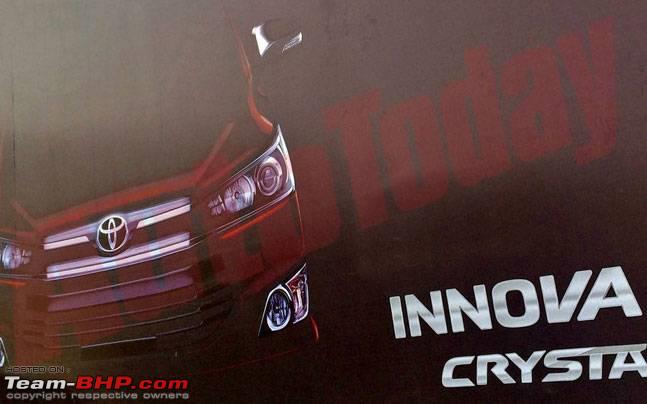| | #391 |
| BHPian Join Date: Nov 2015 Location: Pune
Posts: 149
Thanked: 259 Times
| |
| |
| | #392 |
| Senior - BHPian Join Date: Apr 2013 Location: Bangalore
Posts: 1,417
Thanked: 3,499 Times
| |
| |  (9)
Thanks (9)
Thanks
|
| | #393 |
| Senior - BHPian Join Date: Jul 2006 Location: Bangalore
Posts: 1,528
Thanked: 136 Times
| |
| |  (7)
Thanks (7)
Thanks
|
| | #394 |
| BHPian Join Date: Feb 2015 Location: Bangalore
Posts: 285
Thanked: 165 Times
| |
| |
| | #395 |
| Senior - BHPian | |
| |  (1)
Thanks (1)
Thanks
|
| | #396 |
| BHPian Join Date: Mar 2013 Location: Perinthalmanna
Posts: 302
Thanked: 371 Times
| |
| |  (13)
Thanks (13)
Thanks
|
| | #397 |
| Senior - BHPian | |
| |  (6)
Thanks (6)
Thanks
|
| | #398 |
| BHPian Join Date: Mar 2013 Location: Perinthalmanna
Posts: 302
Thanked: 371 Times
| |
| |  (1)
Thanks (1)
Thanks
|
| | #399 |
| Senior - BHPian | |
| |
| | #400 |
| Team-BHP Support  Join Date: Mar 2011 Location: Gurgaon
Posts: 7,478
Thanked: 32,129 Times
| |
| |  (1)
Thanks (1)
Thanks
|
| | #401 |
| Distinguished - BHPian  Join Date: Sep 2009 Location: Chennai
Posts: 7,256
Thanked: 9,792 Times
| |
| |  (1)
Thanks (1)
Thanks
|
| |
| | #402 |
| Team-BHP Support  Join Date: Mar 2011 Location: Gurgaon
Posts: 7,478
Thanked: 32,129 Times
| |
| |  (3)
Thanks (3)
Thanks
|
| | #403 |
| Distinguished - BHPian  | |
| |  (7)
Thanks (7)
Thanks
|
| | #404 |
| BHPian | |
| |
| | #405 |
| Senior - BHPian Join Date: Feb 2010 Location: Bardez, Goa
Posts: 1,181
Thanked: 1,034 Times
| |
| |  (2)
Thanks (2)
Thanks
|
 |
Most Viewed






